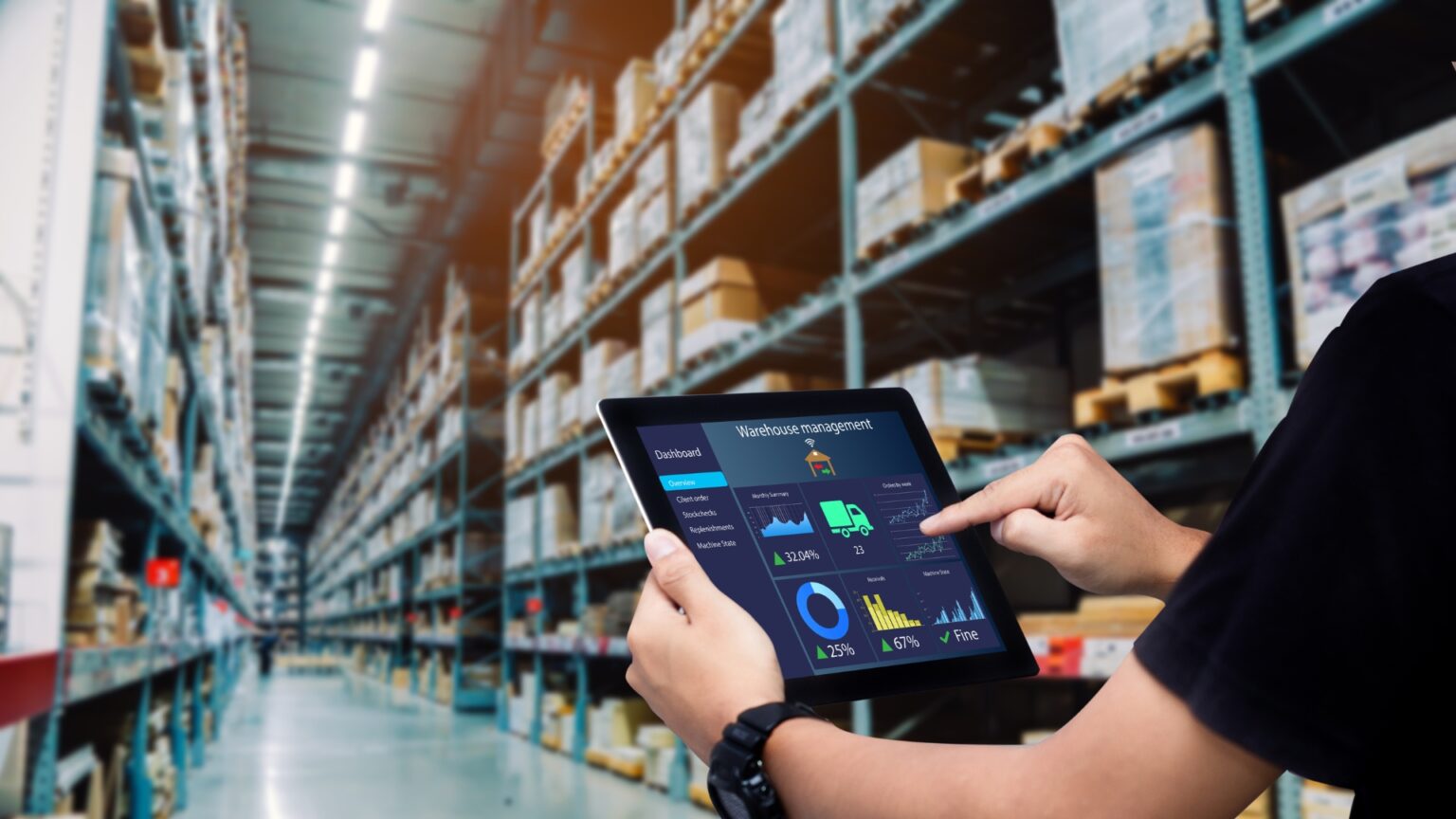IoT in Smart Warehouse Management is transforming the way businesses operate within supply chains and logistics. As IoT technology continues to advance, warehouses are evolving into smart spaces that optimize efficiency, inventory management, and customer satisfaction. From real-time tracking to improved automation, IoT is reshaping the logistics industry, particularly in the Indian market, where e-commerce demands are high.
The Power of IoT in Smart Warehouse Management
The introduction of IoT in Smart Warehouse Management brings unparalleled visibility, control, and connectivity to supply chains. By 2025, experts predict the IoT market will reach a staggering $1.6 trillion. For warehouse managers, this translates to greater operational efficiency, cost savings, and improved service quality. Smart warehouses equipped with IoT can better meet the growing demand for rapid deliveries and real-time updates that today’s consumers expect.
Real-Time Inventory Tracking and Quality Control
A significant benefit of IoT in Smart Warehouse Management is real-time inventory tracking. Using intelligent sensors, warehouse managers can monitor essential conditions like temperature, humidity, and handling speeds. This feature proves especially beneficial for handling perishable goods, ensuring that they remain in optimal storage conditions. Additionally, IoT-driven monitoring minimizes risks of overstocking or stockouts, reducing wastage and maintaining quality control across the board.
Achieving End-to-End Visibility with IoT
While traditional warehouses may focus primarily on shipment tracking, IoT in Smart Warehouse Management offers complete end-to-end visibility. IoT devices track high-value assets, trailer movements, and even yard management. By capturing comprehensive, real-time data, warehouses achieve a seamless flow of information, enabling more accurate scheduling and improved customer satisfaction through timely updates.
Automation Enhances Efficiency and Reduces Errors
Automation is another key component of IoT in Smart Warehouse Management. IoT-enabled robotics streamline repetitive tasks like picking, packing, and sorting. By reducing manual involvement, automation cuts down on human error and accelerates order fulfillment. This efficiency boost is especially valuable for businesses aiming to reduce costs and maintain precise record-keeping for regulatory compliance, especially in industries like pharmaceuticals and food.
Challenges in IoT Integration
Despite its advantages, IoT in Smart Warehouse Management faces challenges, particularly in markets like India. The implementation process requires substantial upfront investments, and data security remains a major concern. As IoT devices gather vast amounts of data, logistics companies must ensure data privacy and secure storage. Furthermore, a skilled workforce with expertise in data analytics, networking, and system integration is essential to fully harness IoT’s capabilities.
Conclusion
In conclusion, IoT in Smart Warehouse Management stands as a game-changer for the logistics industry. With smart warehouses, businesses can respond to real-time demands, improve inventory accuracy, and enhance customer satisfaction. Though challenges exist, the benefits of IoT integration are undeniable, paving the way for smarter, more responsive supply chain solutions.
As India continues to adopt digital transformation and embrace IoT and AI technologies, smart warehouse management will remain at the forefront of the logistics evolution.







